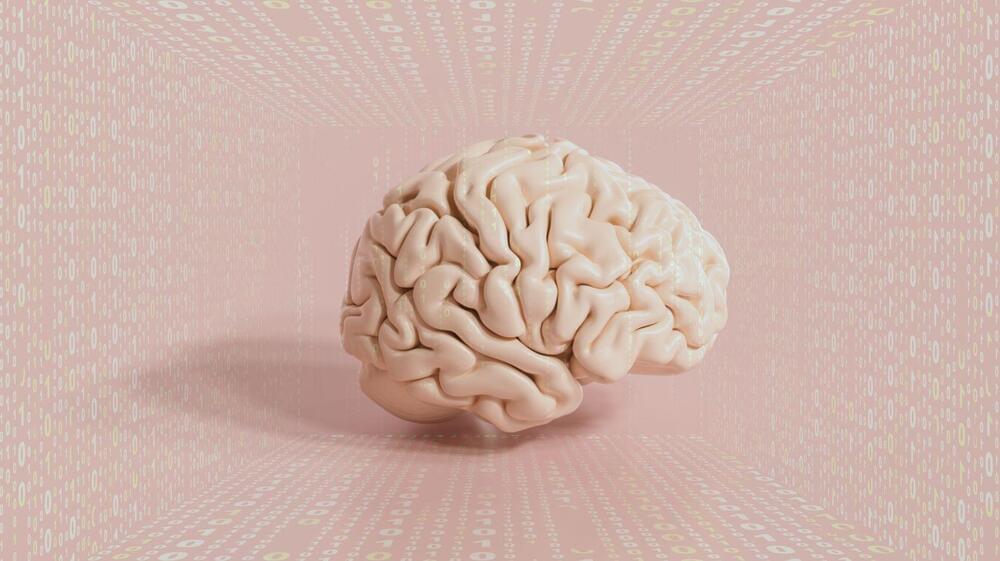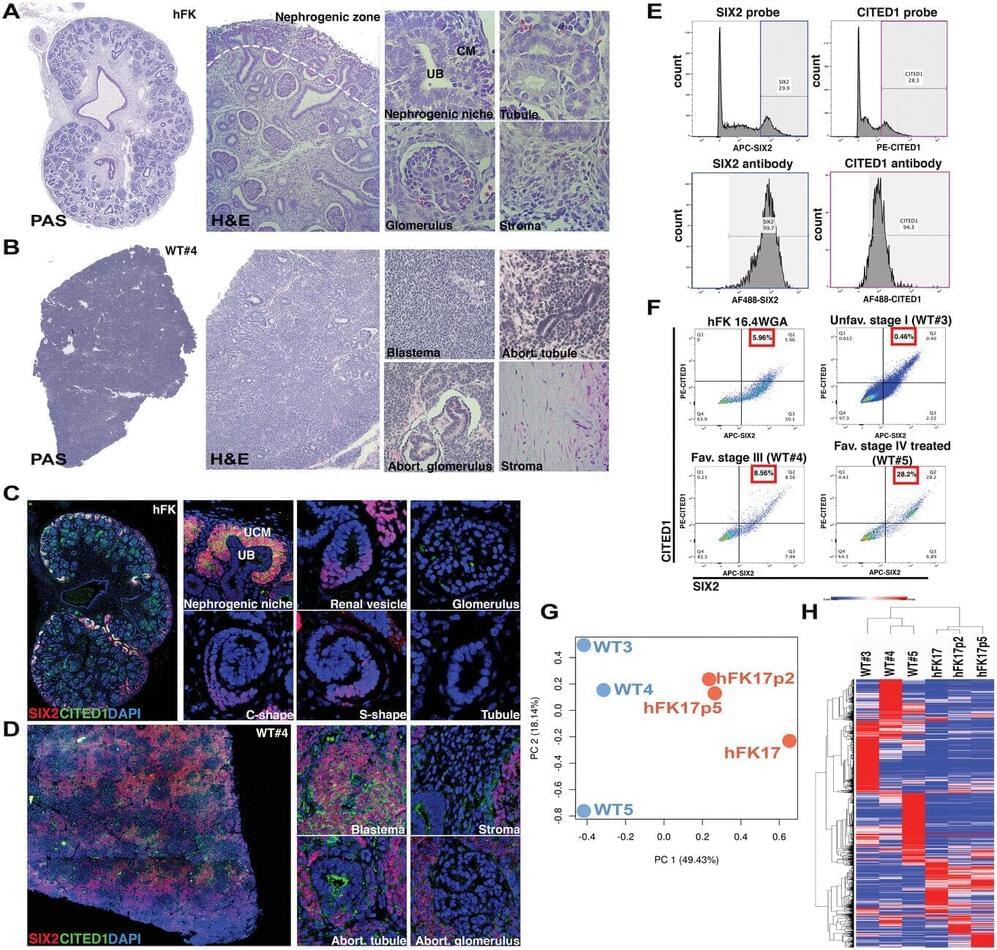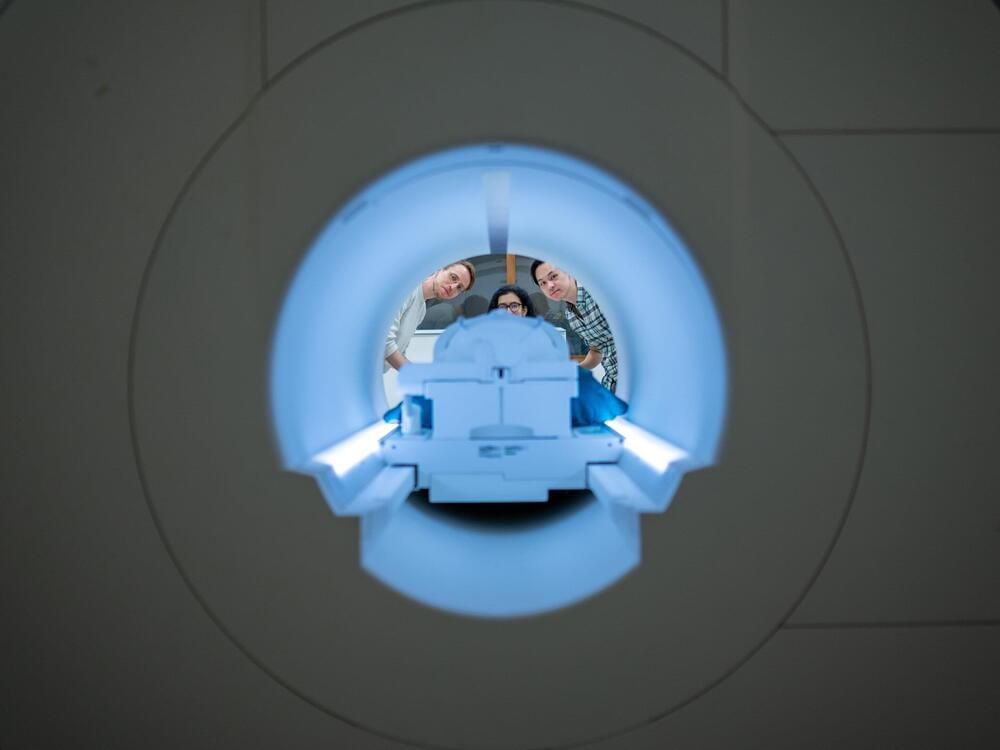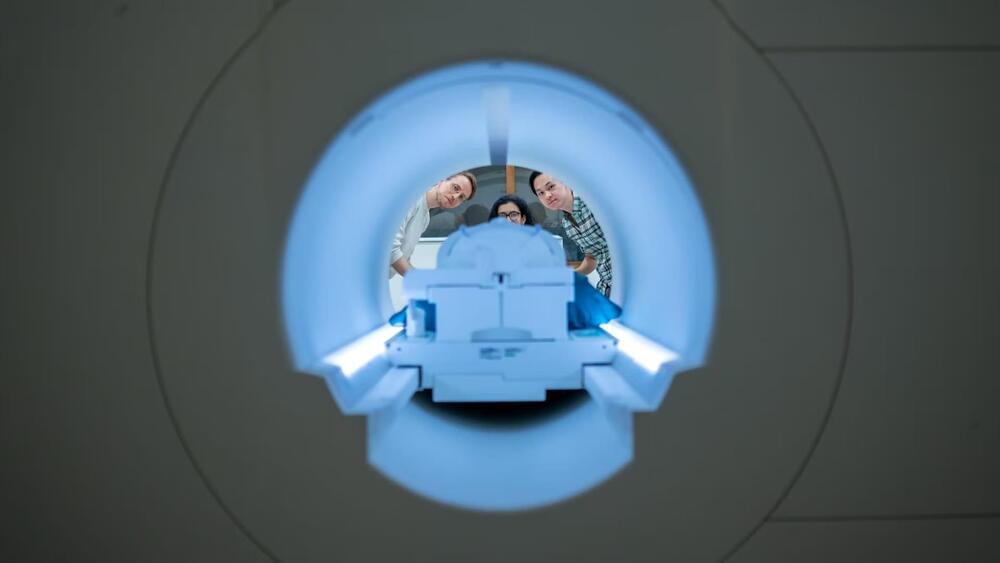Using AI to read people’s thoughts? 😀
In a groundbreaking study, scientists employ a ChatGPT-like AI model to passively decode human thoughts with unprecedented accuracy, unlocking new potential in brain imaging and raising privacy concerns.


An artificial intelligence chatbot was able to outperform human doctors in responding to patient questions posted online, according to evaluators in a new study.
Research published in the Journal of the American Medical Association (JAMA) Internal Medicine found that a chatbot’s responses to patient questions, pulled from a social media platform, were rated “significantly higher for both quality and empathy.”


A report has found that AI chatbots have created dozens of news websites around the world that focus on “clickbait articles” to generate revenue.
The report published by the news-rating group NewsGuard identified 49 websites across seven different languages that appeared to be generated – or mostly generated – by AI language models. NewsGuard researchers found that these websites tended to use dull language and repeated phrases, which are trademarks of AI chatbots.

While Wilms tumor—also known as nephroblastoma—is rare, it is the most prevalent childhood kidney cancer. Researchers at Children’s Hospital Los Angeles have now pinpointed a disruption in early kidney progenitor cell development that can be linked to the formation of Wilms tumor.
In a study published in Advanced Science, researchers at the GOFARR Laboratory in Urology compared kidney progenitor cells from a tumor with precursor cells from a healthy kidney. Normally, these precursor cells mature into kidney cells, but when their early development is dysregulated, they behave like cancer stem cells.
While most children with Wilms tumor are successfully treated, current therapies are aggressive. A minority of these patients have unfavorable prognoses or relapses; for these children, there is no existing therapy. “By achieving a more precise understanding of how Wilms tumors develop, our goal is to find new treatments for all types of Wilms tumor,” says Laura Perin, Ph.D., Co-Director of the GOFARR laboratory and senior study co-author with Stefano Da Sacco, Ph.D., another researcher at the GOFARR Laboratory.

A new artificial intelligence system called a semantic decoder can translate a person’s brain activity—while listening to a story or silently imagining telling a story—into a continuous stream of text. The system developed by researchers at The University of Texas at Austin might help people who are mentally conscious yet unable to physically speak, such as those debilitated by strokes, to communicate intelligibly again.
The study, published in the journal Nature Neuroscience, was led by Jerry Tang, a doctoral student in computer science, and Alex Huth, an assistant professor of neuroscience and computer science at UT Austin. The work relies in part on a transformer model, similar to the ones that power Open AI’s ChatGPT and Google’s Bard.
Unlike other language decoding systems in development, this system does not require subjects to have surgical implants, making the process noninvasive. Participants also do not need to use only words from a prescribed list. Brain activity is measured using an fMRI scanner after extensive training of the decoder, in which the individual listens to hours of podcasts in the scanner. Later, provided that the participant is open to having their thoughts decoded, their listening to a new story or imagining telling a story allows the machine to generate corresponding text from brain activity alone.
It was an honor to speak at MIT’s Broad Institute about some of my past and present synthetic biology research on redesigning bacteria and viruses to act as delivery systems for biomedicine! Video recording is now available! Here is a link which should take you to 1:40:18 when my talk starts:[ ]. My talk was part of the inaugural MIT Biosummit (https://mitbiosummit.com/), a forward-looking conference which this year focused on tackling challenges at the interface of climate change and health sciences. #futureofmedicine #future #biotech #mit Thank you Ryan Robinson for helping to organize this conference and for giving your own excellent talk!
Recording of the MIT Club of Boston 2023 BioSummit: Human Health 2050 held at the Broad Institute on April 27, 2023. Note: Although the video is almost 6 hours long, you can rapidly navigate and skip to a particular speaker or session by scrubbing along the video timeline (in Chrome or Edge) or using the time markers listed below in blue (in all browsers). You can also use chapter browsing in the YouTube app on platforms where it is available.
0:00:00 Introductory remarks: Ryan Robinson, Whitney Espich.
0:08:44 Morning keynote: Bradley Willcox.
0:57:14 Infectious disease panel introduction, Lindsey Baden.
1:02:21 Kieren Marr.
1:38:27 Speaker transition with Lindsey Baden.
1:39:36 Logan Collins.
1:56:36 Ryan Robinson.
2:13:13 Infectious disease panel Q&A
2:24:00 Longevity panel introduction, Eduardo Cornejo.
2:27:14 Joseph Coughlin.
2:46:47 Vladim Gladyshev.
3:02:28 Cavin Ward-Caviness.
3:18:55 Longevity panel Q&A
3:37:44 Food supply panel introduction, Viji Thomas.
3:48:32 Gary Cohen.
4:05:16 Greg Sixt.
4:21:50 Anirban Kundu.
4:37:32 Food supply panel Q&A
5:15:03 Sebastian Eastham.
5:42:13 Closing remarks, preview of next year’s BioSummit Stephanie Licata.
(Oppenheimer is pronounced differently in different countries)Buy Inception on 4K BluRay: https://amzn.to/41xtARpLike and subscribe for weekly updates! Movie…

It was Arthur C. Clarke who famously said that “Any sufficiently advanced technology is indistinguishable from magic” (although I’d argue that Jack Kirby and Jim Starlin rather perfected the idea). Now, a group of real-life scientists at the RIKEN Interdisciplinary Theoretical and Mathematical Sciences in Japan have taken it a step further: by identifying a new quantum property to measure the weirdness of spacetime, and officially calling it “magic.” From the scientific paper “Probing chaos by magic monotones,” recently published in the journal Physical Review D:

Scientists have developed a noninvasive AI system focused on translating a person’s brain activity into a stream of text, according to a peer-reviewed study published Monday in the journal Nature Neuroscience.
The system, called a semantic decoder, could ultimately benefit patients who have lost their ability to physically communicate after suffering from a stroke, paralysis or other degenerative diseases.